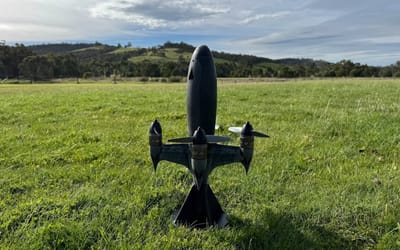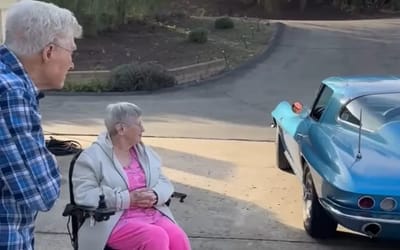How submarines are resupplied after being 800 feet below the ocean surface is fascinating
Published on Jul 21, 2025 at 6:12 AM (UTC+4)
by Jason Fan
Last updated on Jul 18, 2025 at 12:52 PM (UTC+4)
Edited by
Kate Bain
America’s nuclear submarines are among the most advanced and secretive machines on the planet, but resupplying submarines isn’t exactly an easy job.
After weeks or even months cruising silently beneath the waves, even these stealthy giants need a snack run.
The resupplying process is surprisingly complex and varies widely depending on where the submarine is and what’s available nearby.
As it turns out, getting groceries to a boat 800 feet below the ocean surface is a fascinating logistical feat.
VISIT SBX CARS – View live supercar auctions powered by Supercar Blondie
Resupplying submarines may involve drones
When a submarine is operating far from land and isn’t near another Navy vessel, the only practical resupply method is via cargo plane.
This is usually a C-17 Globemaster, which is a plane so large that it looks like a planet when landing.
Thanks to its long range and in-air refueling capability, a C-17 can reach almost any point on Earth.
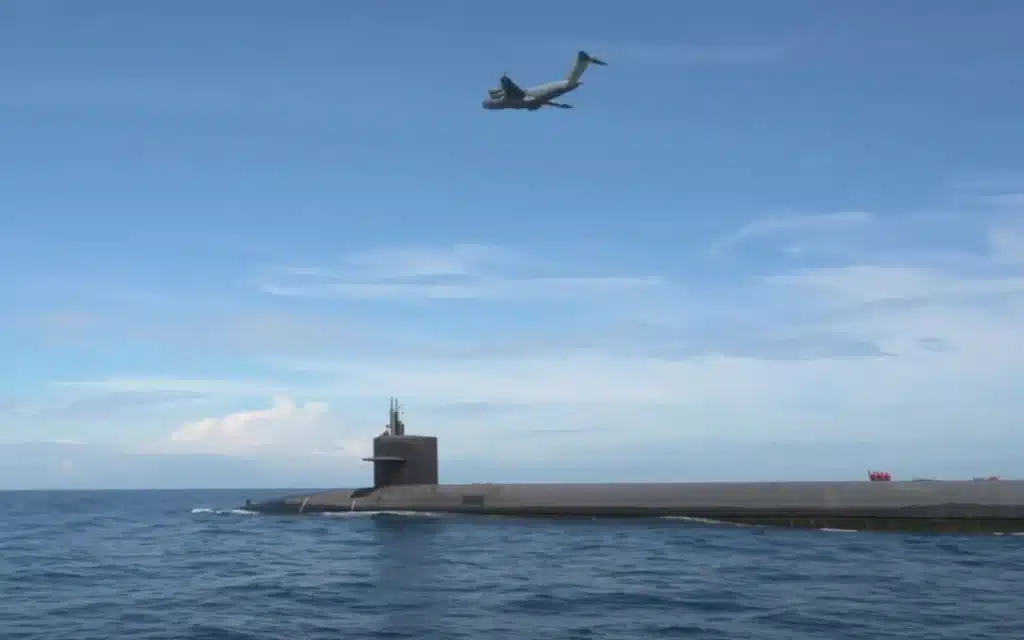
Once near the sub’s location, the aircraft performs an airdrop, parachuting supplies into the sea.
The submarine then surfaces briefly to retrieve the cargo, with precise coordination ensuring that the goods don’t end up lost in the ocean.
If another Navy ship is nearby, helicopters are often used for faster, more direct delivery.
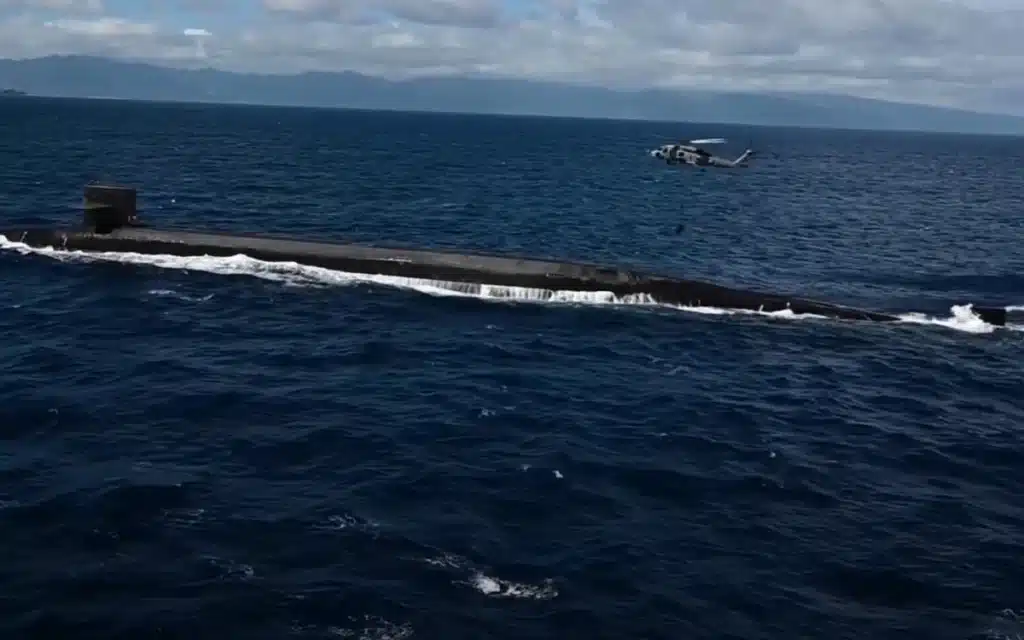
These choppers hover over the surfaced submarine and lower cargo directly onto the deck, which is a process known as vertical replenishment.
Multiple helicopters can be used to speed things up, making quick work of large supply missions.
The small crew handling the cargo topside also gets a rare treat: a few minutes of sunshine and fresh air before heading back into the steel depths.
For smaller loads, however, helicopters can be overkill.
In 2020, the Navy made headlines when a drone completed the first successful delivery to a submarine.
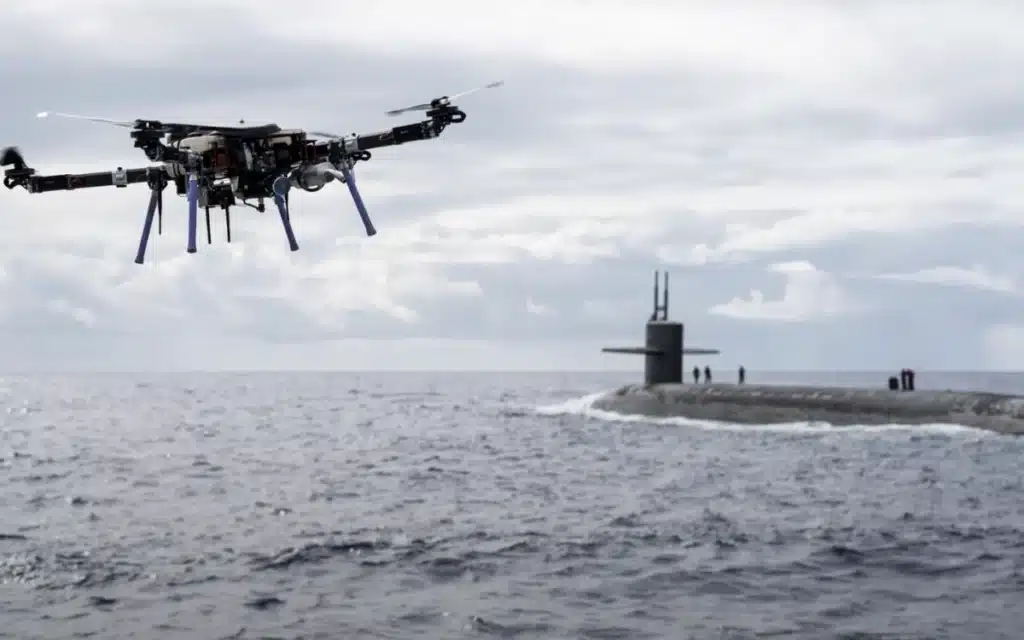
This isn’t an ordinary delivery drone either; this specially designed UAV (unmanned aerial vehicle) can fly up to five hours and be operated from 60 miles away.
Resupplying may not be needed in the future
When submarines are closer to shore, resupplying gets a little easier.
Helicopters and even small Navy boats can handle the job, with the sub surfacing just long enough to complete the transfer.
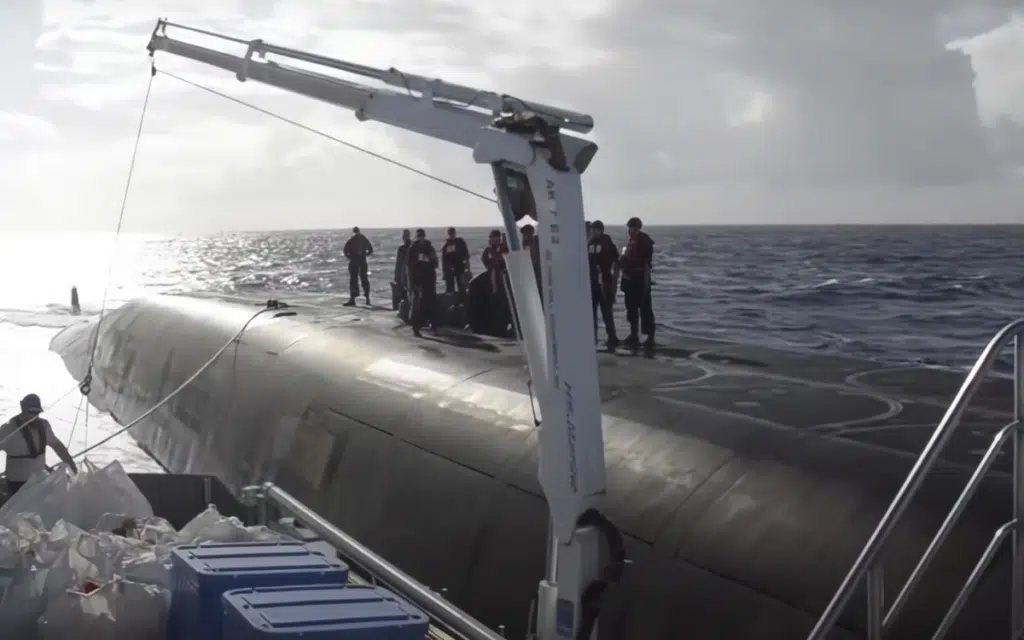
And thanks to nuclear power, modern submarines don’t need fuel stops.
They’re increasingly being designed to be self-sufficient, reducing the need for external supply runs altogether.
Whether it’s by plane, helicopter, drone, or boat, resupplying a submarine is definitely an impressive dance of precision, timing, and innovation.
Click the star icon next to supercarblondie.com in Google Search to stay ahead of the curve on the latest and greatest supercars, hypercars, and ground-breaking technology.
DISCOVER SBX CARS: The global premium car auction platform powered by Supercar Blondie
Jason Fan is an experienced content creator who graduated from Nanyang Technological University in Singapore with a degree in communications. He then relocated to Australia during a millennial mid-life crisis. A fan of luxury travel and high-performance machines, he politely thanks chatbots just in case the AI apocalypse ever arrives. Jason covers a wide variety of topics, with a special focus on technology, planes and luxury.


